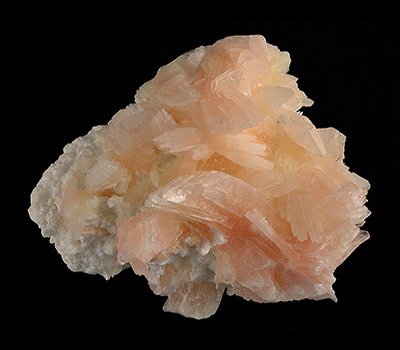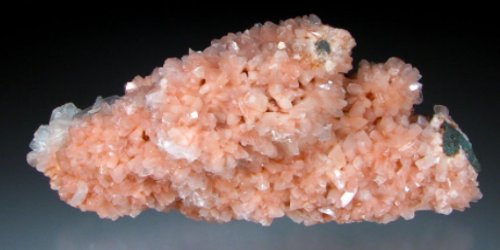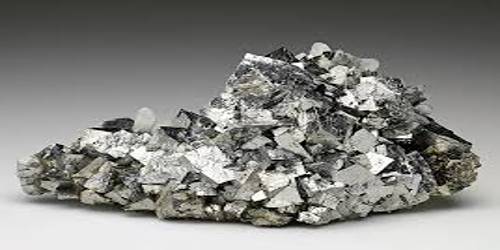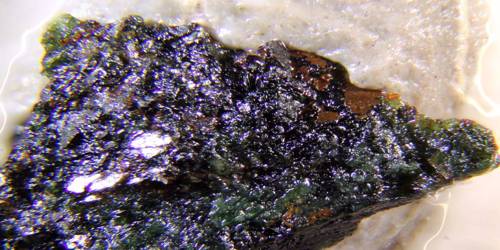Heulandite is the name of a series of tecto-silicate minerals of the zeolite group. This mineral is a zeolite consisting of a hydrous aluminosilicate of sodium and calcium was first separated from stilbite by August Breithaupt in 1818, and named by him “euzeolite”; independently, in 1822, H. J. Brooke arrived at the same result, giving the name heulandite, after the mineral collector, John Henry Heuland (1778–1856).
Prior to 1997, heulandite was recognized as a mineral species, but a reclassification in 1997 by the International Mineralogical Association changed it to a series name, with the mineral species being named:
- Heulandite-Ca
- Heulandite-Na
- Heulandite-K
- Heulandite-Sr
- Heulandite-Ba (described in 2002).
Heulandite-Ca, the most common of these, is a hydrous calcium and aluminum silicate, (Ca, Na)(2-3)Al3(Al, Si)2Si13O36·12H2O. Small amounts of sodium and potassium are usually present replacing part of the calcium.
General Information
- Category: Zeolites (tectosilicates)
- Formula: (Ca,Na)(2-3)Al3(Al,Si)2Si13O3612H2O
- Crystal system: Monoclinic
- Crystal class: Prismatic (2/m) (same H-M symbol)

Fig: Heulandite
Properties
The mineral is usually colorless or white but maybe orange, brown, yellow, brick-red, or green due to inclusions of celadonite. It varies from transparent to translucent. The Mohs hardness is 3-4, and the specific gravity 2.2.
- Color: colorless, yellow, green, white, pale pink
- Crystal habit: tabular, parallel aggregates
- Cleavage: perfect basal
- Mohs scale hardness: 3.5-4
- Luster: pearly, vitreous
- Streak: white
- Diaphaneity: transparent to translucent
Occurrence
Heulandite occurs with stilbite and other zeolites in the amygdaloidal cavities of basaltic volcanic rocks, and occasionally in gneiss and hydrothermal veins. Good specimens have been found in the basalts of Berufjörður, near Djúpivogur, in Iceland, the Faroe Islands and the Deccan Traps of the Sahyadri Mountains of Maharashtra near Mumbai. A variety known as beaumontite occurs as small yellow crystals on syenitic schist near Baltimore, Maryland.
Information Source:
















